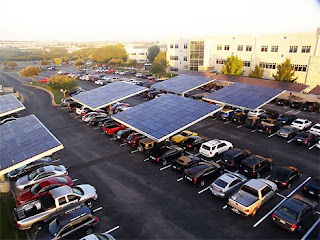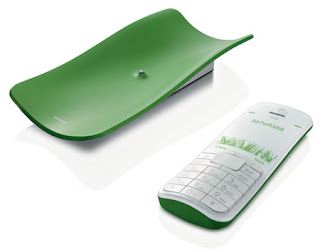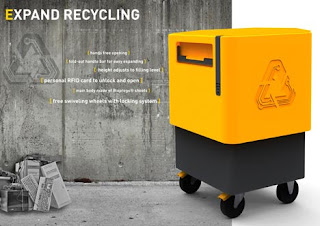
Greener Future: Dell Goes Green
Dell, the popular computer maker which is headquartered in Round Rock, Texas, is finding news of how to go green. Dell's headquarters now has a shaded solar parking structure called the Solar Grove. Envision Solar built the green contraption, and it has a capacity of 130 kilowatts. To give you an idea of just how green 130 kilowatts is, the Solar Grove should help avoid about 145,000 pounds of greenhouse gas emissions per year. The clean electricity is definitely a great benefit of going green, but that is not in the green how to list the Solar Grove; there's also some energy savings that come from the shade produced by the "solar trees" since cooler cars don't need as much A/C.
The power produced by the solar panels will help power Dell's building and two charging stations for plug-in vehicles:
"The Solar Trees®, located in the Dell employee parking lot, will simultaneously shade 50 parking spaces and generate clean electricity directly from the sun. In an example of Vehicle-to-Grid (V2G) technology, the solar arrays also incorporate two Envision Solar CleanCharge™ solar charging stations utilizing Coulomb ChargPoint™ for Electric Vehicles (EVs) and Plug-In Hybrid Electric Vehicles (PHEVs)."
Greener Future loves the fact that more companies are on a mission to figure out how to go green. Dell is a big player, and we know that this Solar Grove will continue a streak of companies continuing to be greener.












